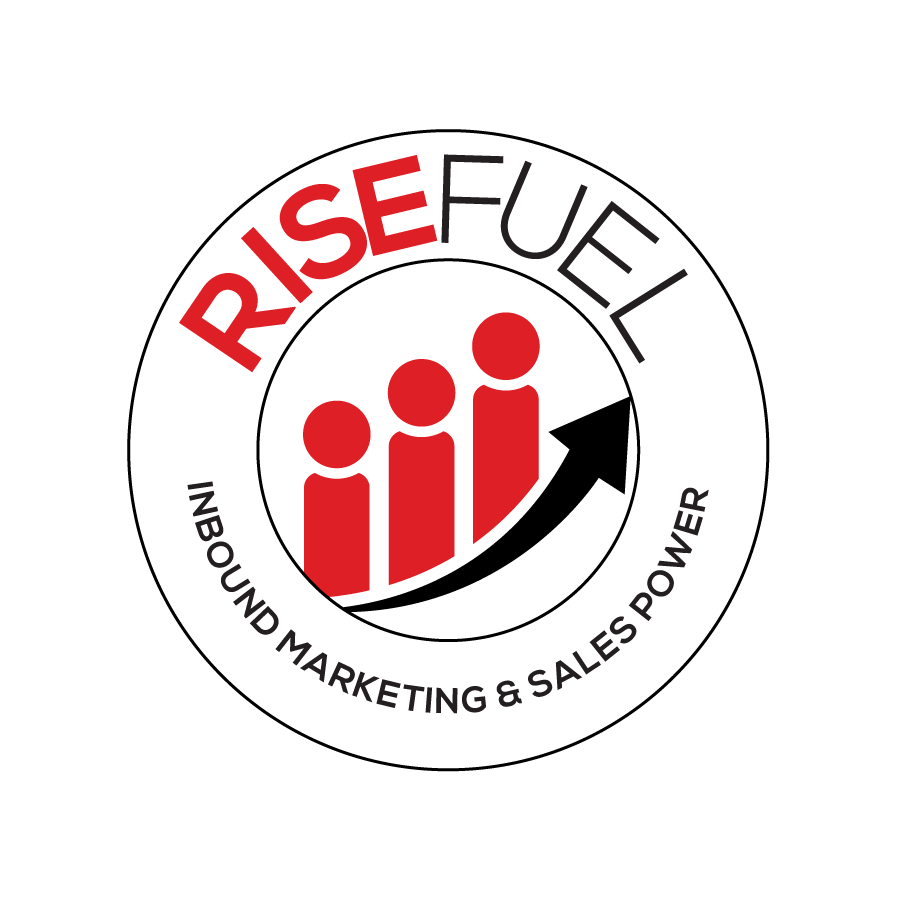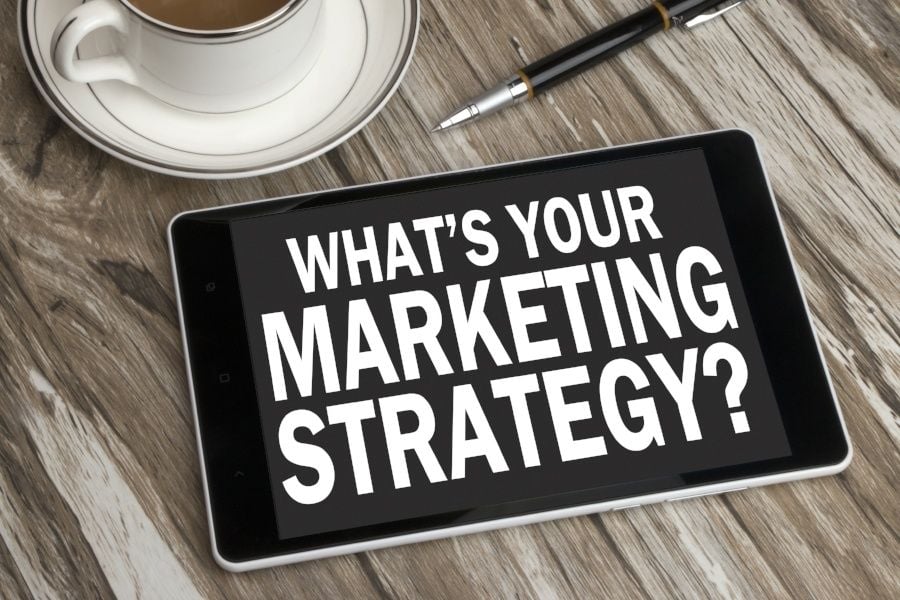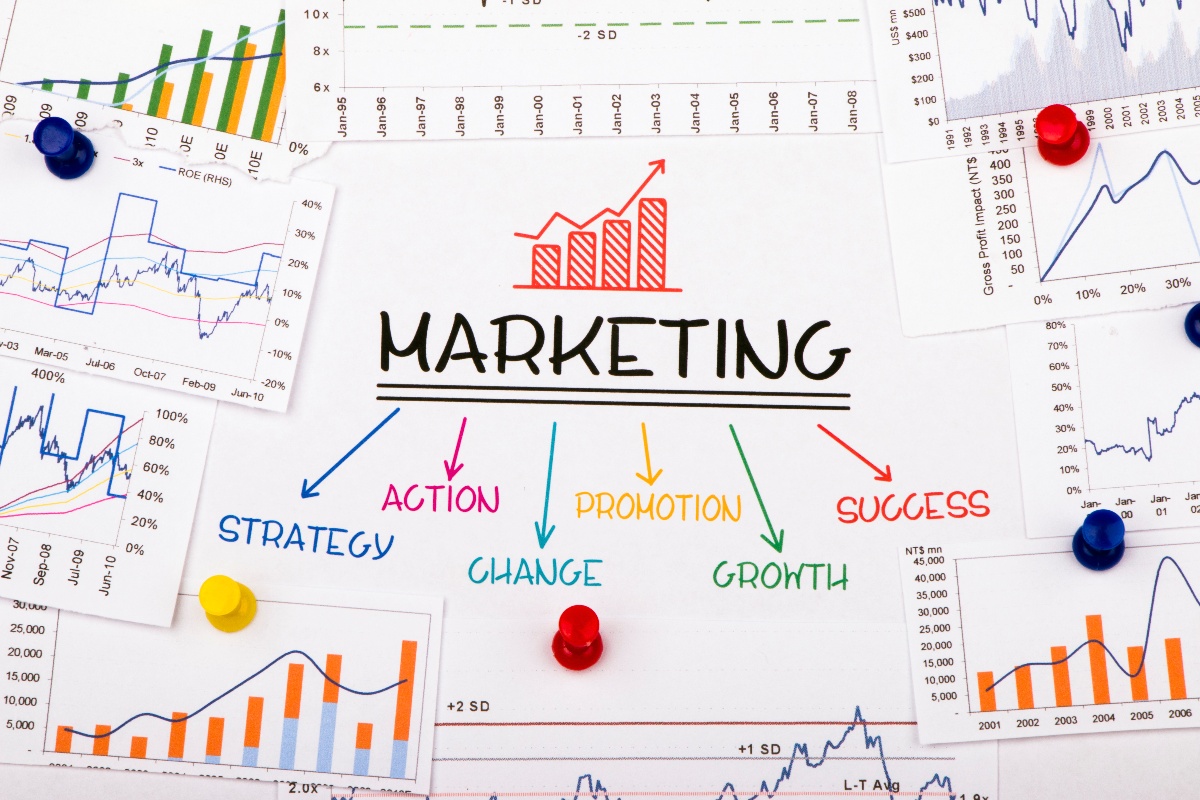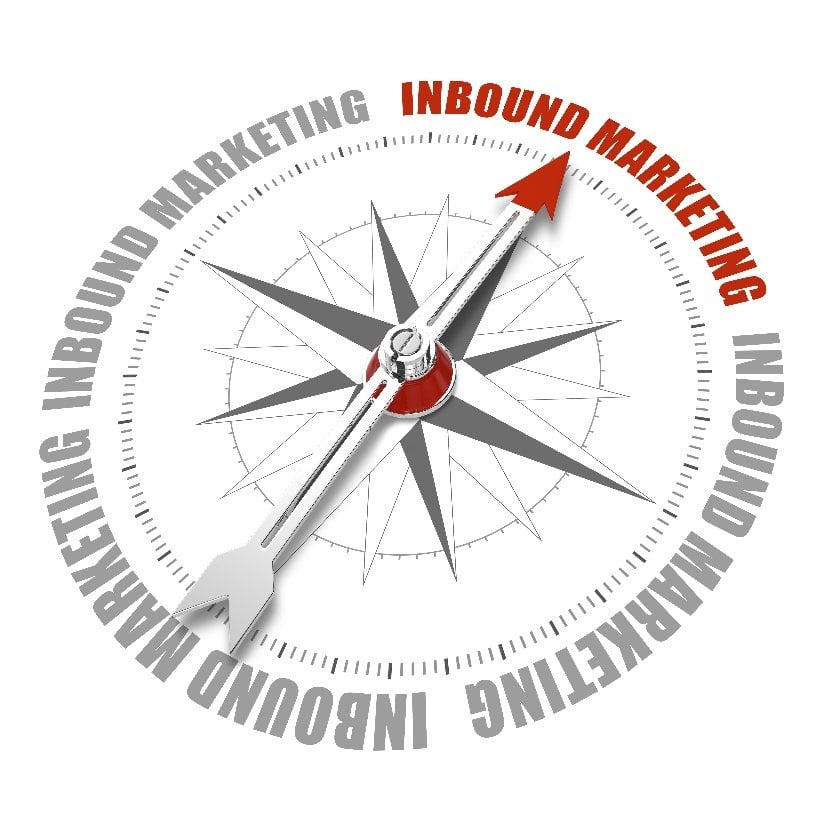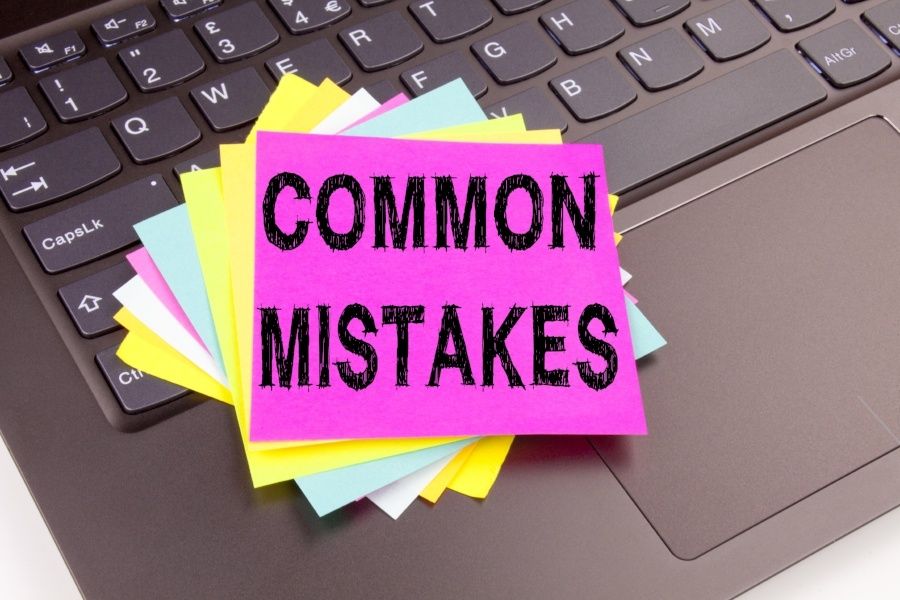
In today's digital age, businesses are constantly seeking ways to leverage technology to enhance their marketing efforts. One technology that has gained significant traction in recent years is Artificial Intelligence (AI). AI has the potential to revolutionize marketing by automating tasks, analyzing data, and delivering personalized experiences to customers.
However, to fully harness the power of AI, marketers need to design a comprehensive AI marketing strategy that aligns with their business objectives. In this article, we will explore the current state of AI in marketing, the types of AI applications available, and provide a framework for designing an effective AI marketing strategy.
The Potential of AI in Marketing
AI has the ability to transform marketing by augmenting human capabilities and streamlining processes. The core activities of marketing, such as understanding customer needs, matching them to products and services, and persuading customers to buy, can all be enhanced by AI. McKinsey's analysis of over 400 advanced use cases showed that marketing is the domain where AI can contribute the greatest value.
Chief Marketing Officers (CMOs) are increasingly embracing AI, with implementation rates jumping 27% in the previous year and a half. AI-powered marketing objectives, such as enhancing existing products and services, creating new offerings, and improving customer relationships, are at the forefront of marketing strategies.
The Current State of AI in Marketing
Before diving into designing an AI marketing strategy, it is important to understand the current state of AI applications in marketing. Many firms are already using AI to handle narrow tasks, assist with broad tasks, and augment human efforts in structured tasks. Some well-established AI applications in marketing include chatbots for lead development and customer support, inbound call analysis, marketing campaign optimization, and personalized product recommendations.
Firms are also leveraging AI at every stage of the customer journey. AI-powered systems target potential customers during the consideration phase, guide their search, and help make personalized product or service offers. AI-enabled bots assist customers in their search, nudge them in a desired direction, and can even connect them to a human sales agent if needed. AI can also streamline the sales process by using detailed customer data to create highly personalized offers and reduce cart abandonment rates. After the sale, AI-powered service agents are available 24/7 to triage customer requests and escalate complex issues to human agents.
The Framework for AI Marketing Strategy
To design an effective AI marketing strategy, marketers can categorize AI applications based on two dimensions: intelligence level and integration. The intelligence level refers to whether the AI application is based on task automation or machine learning. The integration dimension distinguishes between stand-alone applications and those that are embedded within existing systems.
Task Automation
Task automation applications perform repetitive, structured tasks with relatively low levels of intelligence. They follow a set of rules or execute a predetermined sequence of operations based on given inputs. Examples include automated welcome emails and simple chatbots that provide basic customer assistance. These applications can enhance highly structured processes but lack the ability to handle complex problems or discern nuanced customer requests.
Machine Learning
Machine learning algorithms are trained using large quantities of data to make complex predictions and decisions. They can recognize images, decipher text, segment customers, and anticipate customer responses to various initiatives. Machine learning is already driving programmatic buying in online advertising, e-commerce recommendation engines, and sales propensity models in CRM systems. However, it is important to note that existing machine learning applications still perform narrow tasks and require substantial amounts of data for training.
Stand-alone vs. Integrated Applications
AI applications can be stand-alone or integrated within existing systems. Stand-alone applications are separate from the primary channels through which customers learn about, buy, or get support for a company's offerings. Customers or employees have to make a special trip beyond those channels to use the AI. Integrated applications, on the other hand, are embedded within existing systems and may be less visible to users. For example, machine learning for digital ad targeting is built into platforms that handle the entire ad buying and placement process.
Combining the two dimensions of intelligence level and integration yields four quadrants: stand-alone machine learning apps, integrated machine learning apps, stand-alone task automation apps, and integrated task automation apps. Understanding which quadrant an AI application falls into can help marketers plan and sequence the introduction of new AI uses.
A Stepped Approach to AI Marketing Implementation
Implementing AI in marketing requires a stepped approach, starting with simple rule-based and stand-alone task automation applications and gradually deploying more sophisticated and integrated AI systems. For firms with limited AI experience, building or buying simple rule-based applications can be a good starting point. These applications can enhance highly structured processes and offer reasonable returns.
As companies acquire basic AI skills and gather ample customer and market data, they can transition from task automation to machine learning applications. For example, clothing retailer Stitch Fix uses machine learning to curate personalized offers for customers based on their style preferences and past interactions. Gathering new sources of data, both internal and external, is crucial to training machine learning models effectively. Companies should continuously seek new sources of data to improve the accuracy and effectiveness of their AI applications.
Challenges and Risks in AI Marketing
Implementing AI applications, even the simplest ones, can present challenges. Stand-alone task automation AI requires configuring workflows and acquiring suitable AI skills. Integrating AI into workflows demands careful coordination of human and machine tasks to ensure optimal performance. The deployment of chatbots, for example, should prioritize assisting human agents rather than interacting directly with customers to avoid potential frustrations.
As companies adopt more sophisticated and integrated AI applications, integrating AI into third-party platforms can become more complex. Ensuring privacy, security, and data ownership also becomes crucial. Customers may have concerns about the capture and sharing of their data and the potential for bias in AI algorithms. To address these concerns, CMOs should establish ethics and privacy review boards to vet AI projects involving customer data or algorithms that may be prone to bias.
The Future of AI in Marketing
While AI holds enormous promise for marketing, it is important to be realistic about its current capabilities. AI can accomplish narrow tasks but cannot fully replace human decision-making or run an entire marketing function. However, AI's capabilities are rapidly evolving, and it will ultimately transform marketing over the course of several decades. Marketers should start developing strategies to take advantage of AI's current functionality and prepare for its future potential.
In conclusion, designing an effective AI marketing strategy requires a deep understanding of the potential of AI in marketing, the current state of AI applications, and a framework to guide implementation. By taking a stepped approach, leveraging both task automation and machine learning applications, and addressing challenges and risks, marketers can harness the power of AI to enhance their marketing efforts and deliver personalized experiences to customers.
Remember, AI is not a standalone solution but a powerful tool that, when integrated strategically into marketing systems, can drive significant value for businesses. Embracing AI today and continuously refining AI capabilities will set marketers on a path to success in the future of marketing.


